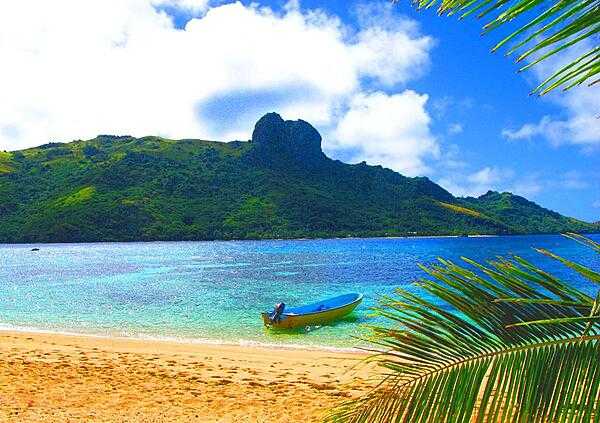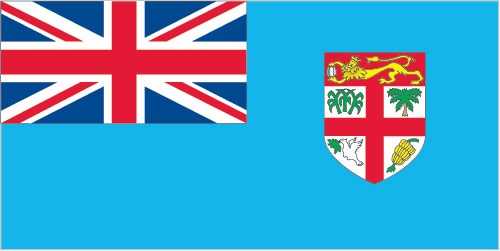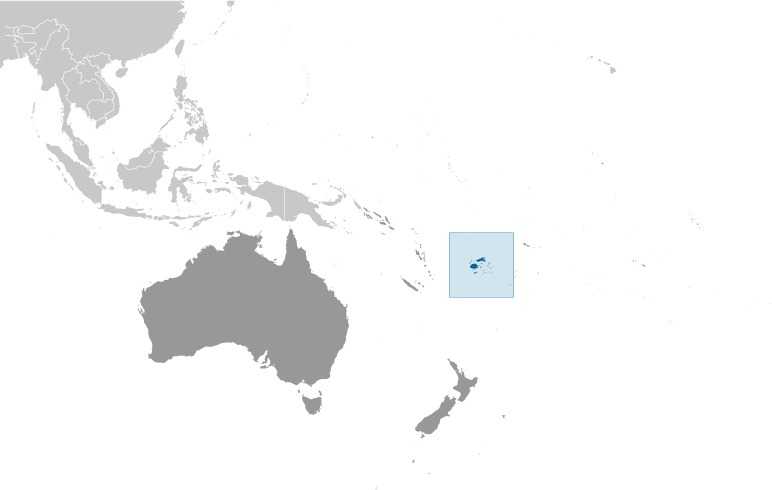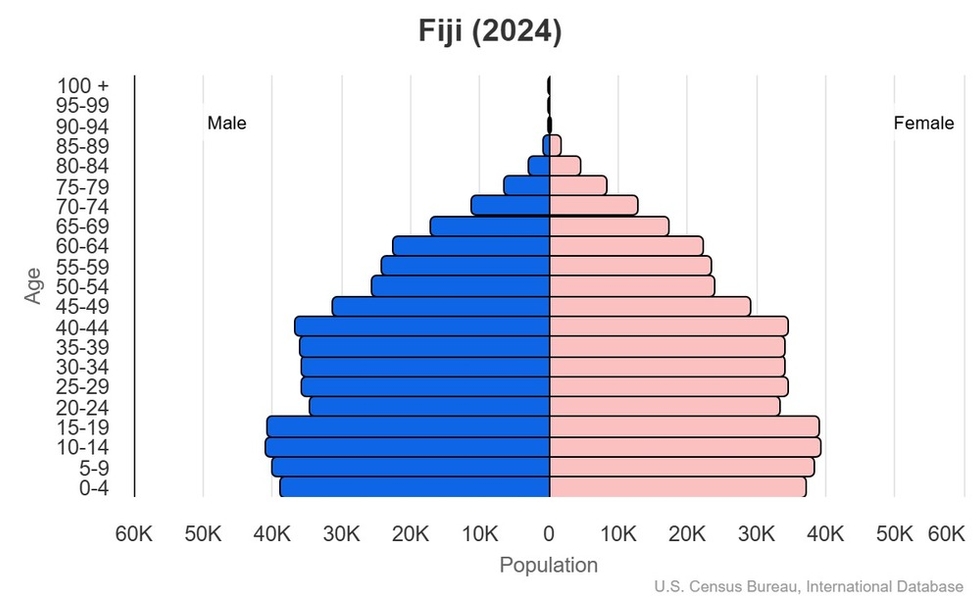Introduction
Visit the Definitions and Notes page to view a description of each topic.
Geography
People and Society
Population
comparison rankings: total 163; male 162; female 163
Median age
comparison ranking: total 124
Population growth rate
comparison ranking: 157
Birth rate
comparison ranking: 99
Death rate
comparison ranking: 135
Net migration rate
comparison ranking: 206
Maternal mortality ratio
comparison ranking: 117
Infant mortality rate
comparison ranking: total 133
Life expectancy at birth
comparison ranking: total population 136
Total fertility rate
comparison ranking: 84
Obesity - adult prevalence rate
comparison ranking: 24
Alcohol consumption per capita
comparison ranking: total 120
Tobacco use
comparison ranking: total 31
Children under the age of 5 years underweight
comparison ranking: 71
Education expenditure
comparison ranking: Education expenditure (% GDP) 96
Environment
Carbon dioxide emissions
comparison ranking: total emissions 165
Government
Economy
Real GDP (purchasing power parity)
comparison ranking: 160
Real GDP growth rate
comparison ranking: 82
Real GDP per capita
comparison ranking: 128
Inflation rate (consumer prices)
comparison ranking: 136
GDP - composition, by sector of origin
comparison rankings: agriculture 82; industry 167; services 114
Industrial production growth rate
comparison ranking: 22
Labor force
comparison ranking: 163
Unemployment rate
comparison ranking: 71
Youth unemployment rate (ages 15-24)
comparison ranking: total 77
Gini Index coefficient - distribution of family income
comparison ranking: 115
Taxes and other revenues
comparison ranking: 45
Current account balance
comparison ranking: 125
Reserves of foreign exchange and gold
comparison ranking: 133
Debt - external
comparison ranking: 100
Energy
Electricity
comparison rankings: installed generating capacity 154; consumption 160; transmission/distribution losses 46
Energy consumption per capita
comparison ranking: 123
Communications
Telephones - fixed lines
comparison ranking: total subscriptions 155
Telephones - mobile cellular
comparison ranking: total subscriptions 163
Broadband - fixed subscriptions
comparison ranking: total 166
Transportation
Merchant marine
comparison ranking: total 105




